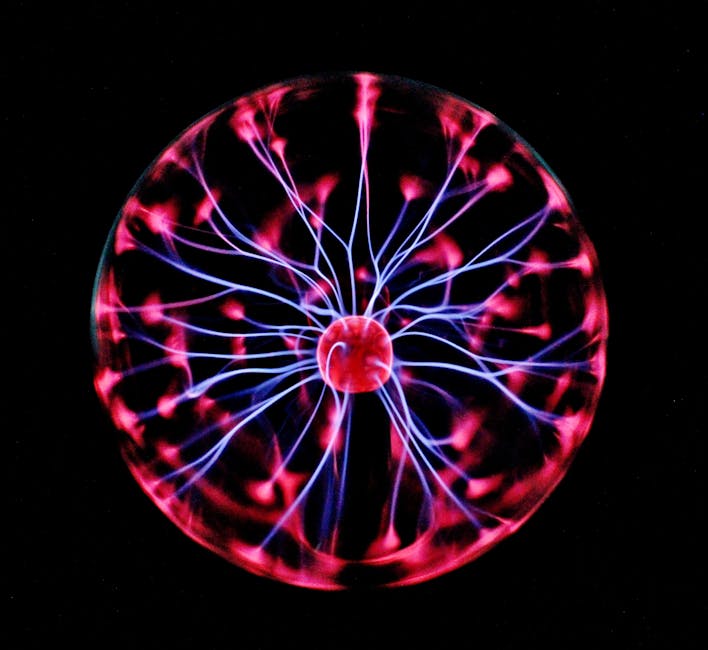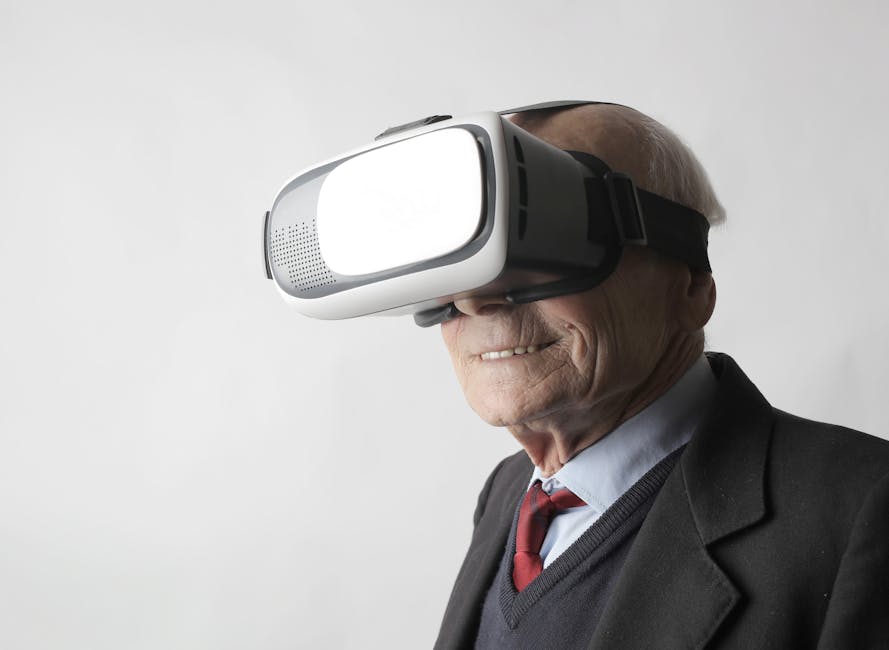Preparing for the Future of UX/UI Design
You’re about to level up your design game! Get ready to ditch tedious tasks, thanks to AI-powered design tools that’ll free you up for the fun stuff – brainstorming, experimenting, and pushing innovation boundaries. Next, augmented reality will transport users to fantastical worlds, and emotional intelligence will help you tap into users’ emotional needs. Oh, and don’t even get me started on accessibility and conversational interfaces – you’ll be designing for a future where tech empowers everyone. Buckle up, because the future of UX/UI design is about to get real – and you’re just getting started on this wild ride.
Key Takeaways
• Leverage AI-powered design tools to automate repetitive tasks, freeing up time for creative problem-solving and high-level design decisions.• Design immersive experiences using AR and VR technologies to create emotional connexions and unforgettable interactions.• Prioritise emotional intelligence and accessibility in design, recognising users’ emotional needs and catering to diverse abilities and needs.• Implement conversational interfaces that understand nuances of human language, tone, and context to create seamless voice-first interactions.• Stay updated on universal design standards, inclusive design principles, and accessible technology advances to create products that work for everyone.
Embracing AI-Powered Design Tools

As you venture into the world of UX/UI design, can you honestly say you’re not tyred of tedious, time-consuming tasks stealing your creative thunder, and aren’t AI-powered design tools the long-overdue rescue party your workflow has been begging for?
Let’s face it, repetitive tasks are the ultimate creativity killers. They drain your energy, suck the fun out of design, and make you wonder why you even bothered with this career path in the first place.
But fear no more, dear designer! AI-powered design tools are here to liberate you from the shackles of tedium and grant you the creative freedom you’ve been craving.
With design automation, you can kiss those tedious tasks goodby and hello to more time for the good stuff – brainstorming, experimenting, and pushing the boundaries of innovation.
Think about it: AI can take care of the mundane, freeing you up to focus on the high-level creative decisions that make a real impact.
No more wasted hours on tedious tweaking; instead, you’ll have the bandwidth to explore new ideas, test radical concepts, and bring your most daring visions to life.
It’s time to take back your creative freedom and let AI-powered design tools do the heavy lifting.
Crafting Immersive AR Experiences

You’re about to transport users into a world where the lines between reality and phantasy blur, and the experience is so immersive, they’ll forget they’re even wearing a device.
To get there, you’ll need to master AR-enhanced storytelling tools that weave a narrative so compelling, users will be hooked.
And let’s not forget designing for spatial awareness, because who doesn’t want to avoid virtual objects crashing into real-world coffee tables?
AR-Enhanced Storytelling Tools
Your quest for crafting immersive AR experiences begins with the clever deployment of AR-enhanced storytelling tools, which can transport users into fantastical worlds that blur the lines between reality and phantasy.
You’re not just designing an experience, you’re conjuring an alternate reality that users can lose themselves in.
To achieve this, you’ll need to tap into the power of interactive storytelling. Think interactive comics that let users influence the narrative, or virtual wardrobes that allow them to try on virtual garments and see themselves in a new light.
The key is to create an emotional connexion between the user and the AR experience. By leveraging AR-enhanced storytelling tools, you can craft experiences that are both fantastical and strangely relatable.
Designing for Spatial Awareness
When crafting immersive AR experiences, you’ll frequently find yourself wrestling with the challenging task of designing for spatial awareness, a crucial aspect that can make or break the sense of immersion.
It’s not just about slapping some 3D models in space; it’s about creating an environment that respects the user’s spatial cognition. You need to ponder how users will navigate your AR world, using environmental navigation cues to guide them through the experience.
Think of it like this: in the real world, you use visual cues, auditory hints, and even your sense of touch to move around.
Your AR design should do the same. Use clear visual markers, subtle sound effects, and even haptic feedback to help users understand their surroundings.
By doing so, you’ll create an experience that feels intuitive, natural, and – dare I say it – magical.
So, don’t just throw some AR elements together; take the time to craft an environment that respects the user’s spatial awareness.
Your users (and their sense of immersion) will thank you.
Designing for Emotional Intelligence

One essential aspect of designing for emotional intelligence is recognising that users’ feelings and emotions play a significant role in their interactions with your product. You can’t just slap on a sleek interface and call it a day; you need to tap into your users’ emotional spectrum. Think about it – have you ever gotten frustrated with a website that just wouldn’t load, or felt a rush of excitement when you finally found what you were looking for? Yeah, emotions are a big deal.
To truly connect with your users, you need to get inside their heads (in a non-creepy way, of course). That’s where Empathy Mapping comes in. This nifty tool helps you visualise your users’ thoughts, feelings, and pain points, so you can design with their emotional needs in mind. It’s like being a mind reader, minus the crystal ball.
But that’s not all, folks! Mood Boards are another essential tool in your emotional intelligence arsenal. These visual representations of your brand’s personality and aesthetic help you tap into the emotional resonance of your design. Think of it as a mood ring for your product – are you calm and soothing, or bold and energetic?
The Rise of Voice-First Interactions

You’re about to find yourself chatting with devices more often than with actual humans, and it’s not just because you’re an introvert. Voice-first interactions are taking over, and it’s not just about talking to your smart speaker or virtual assistant. It’s about designing conversational interfaces that make sense, are intuitive, and don’t drive you crazy.
Voice Assistants like Alexa, Google Assistant, and Siri have become an integral part of our daily lives. We ask them to set reminders, play music, and answer ridiculous questions at 2 am. But, let’s be real, sometimes they get it wrong, and we’re left yelling at an inanimate object (no judgement).
The challenge lies in creating Conversational Interfaces that understand the nuances of human language, tone, and context.
As a UX/UI designer, you’ll need to ponder the complexities of human conversation and translate them into a seamless Voice-First Interaction. It’s not about designing a series of buttons and screens; it’s about crafting a conversation that flows naturally.
The future of UX/UI design depends on it. So, get ready to chat with devices, and more importantly, design interfaces that make those chats worthwhile.
Shaping the Future of Accessibility

You’re about to enter a world where accessibility isn’t just a nice-to-have, but a must-have – and it’s about time!
As you explore the future of accessibility, you’ll discover that inclusive design principles, accessible technology advances, and universal design standards are the keys to opening a world where everyone can participate.
Inclusive Design Principles
TEXT
Accessible Technology Advances
As designers committed to inclusive principles, you’re likely excited to explore how accessible technology advances are redefining the boundaries of user experience. The future of accessibility is looking brighter than ever, and it’s thanks to innovations that empower individuals with disabilities.
| Accessible Tech | Impact on UX |
|---|---|
| Screen reader evolution | Seamless interaction for visually impaired users |
| AI-powered disability tools | Enhanced autonomy for individuals with disabilities |
| Virtual assistant integration | Effortless accessibility features for all users |
The screen reader evolution, for instance, has been a game-changer for visually impaired users. These advancements have enabled seamless interactions, allowing users to navigate digital spaces with ease. Additionally, AI-powered disability tools have empowered individuals with disabilities, giving them autonomy and independence. As designers, staying ahead of the curve and incorporating these innovative solutions into our designs is crucial. By doing so, we can create a more inclusive digital landscape that caters to diverse needs. The future of accessibility is bright, and it’s up to us to shape it.
Universal Design Standards
By integrating universal design standards into your workflow, you’ll be crafting products that seamlessly bridge the gap between accessibility and useability, ultimately shaping the future of inclusivity.
It’s time to ditch the one-size-fits-all approach and prioritise Human Centricity. Remember, Design Ethics aren’t just a nice-to-have, they’re a must-have.
Some key takeaways to get you started:
-
Inclusive design isn’t a niche: It’s not just about catering to users with disabilities; it’s about creating products that work for everyone.
-
Context is king: Consider the environment and circumstances in which your product will be used.
-
Simple doesn’t mean simplistic: Aim for intuitive design that’s easy to use, not dumbed down.
-
Test with empathy: Put yourself in your users’ shoes and design with compassion.
-
Accessibility is a journey, not a destination: Continuously iterate and refine your design to maintain its inclusivity.
Virtual Reality Redefines Storytelling

You’re about to venture on a wild ride, where the boundaries between reality and phantasy blur, and the art of storytelling gets a radical reboot – welcome to the immersive world of virtual reality. Virtual escapes, once the domain of science fiction, are now a tangible reality, redefining the way we experience stories. With VR, the passive observer becomes an active participant, fully immersed in the narrative.
| Storytelling Element | VR Twist |
|---|---|
| Setting | Become a part of the environment, explore, and interact with the scenery |
| Characters | Engage with characters in a more intimate, 360-degree experience |
| Plot | Influence the narrative through your actions, creating a unique story each time |
| Emotional Connexion | Experience emotions more intensely, fostering a deeper connexion with the story |
In VR, interactive fables come alive, allowing you to step into the shoes of the protagonist. The lines between reality and phantasy blur, creating an unforgettable experience. As a storyteller, you have the power to craft immersive, unforgettable tales that leave a lasting impact on your audience. The future of storytelling has arrived, and it’s more thrilling than ever!
Conclusion
Get ready to level up your UX/UI design game!
As you’ve seen, the future is all about embracing AI-powered tools, crafting immersive AR experiences, and designing with emotional intelligence in mind.
And let’s not forget voice-first interactions and redefining storytelling with VR.
Did you know that by 2025, 75% of all interactions will be screen-less? Yeah, voice-activated everything is coming for us!
Buckle up, because the future of UX/UI design is about to get wild.
Contact us to discuss our services now!


